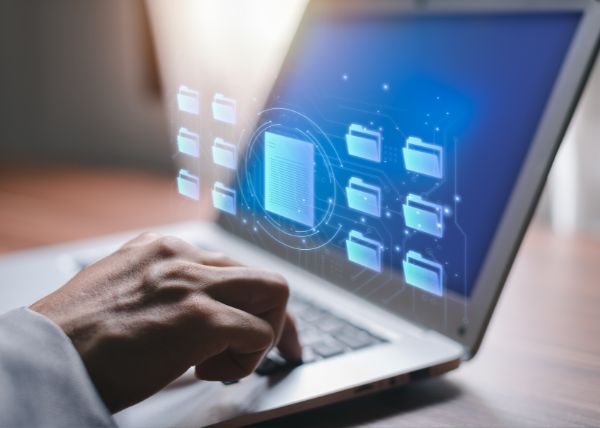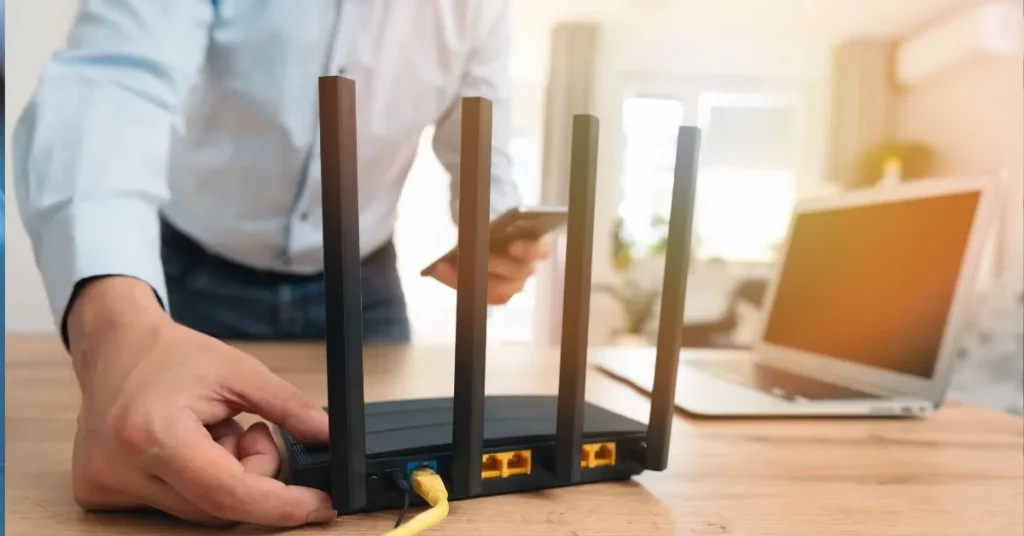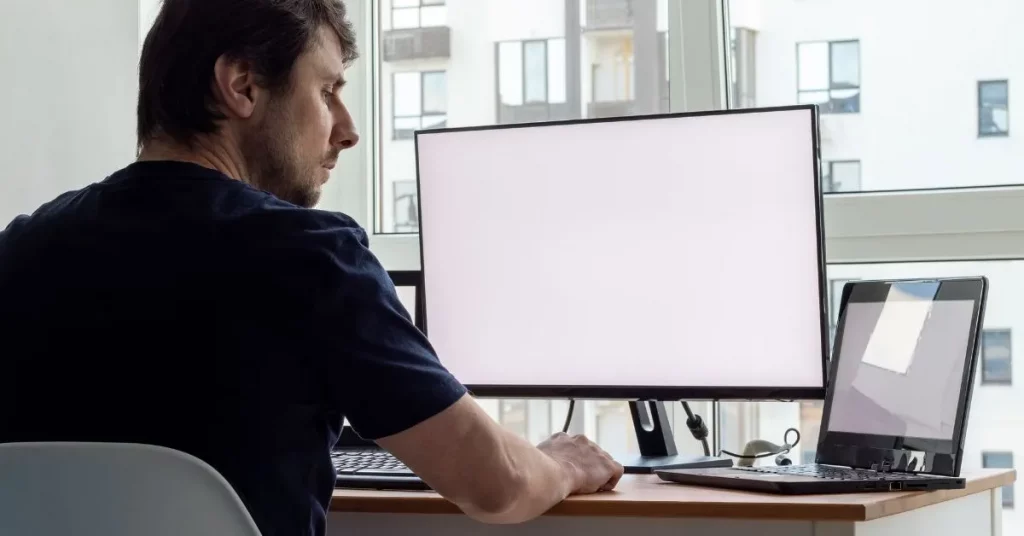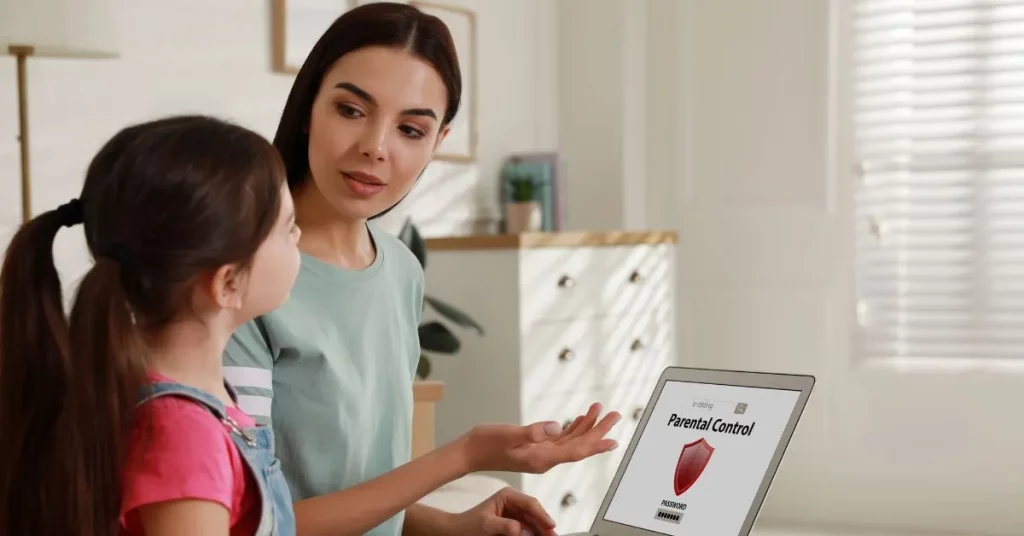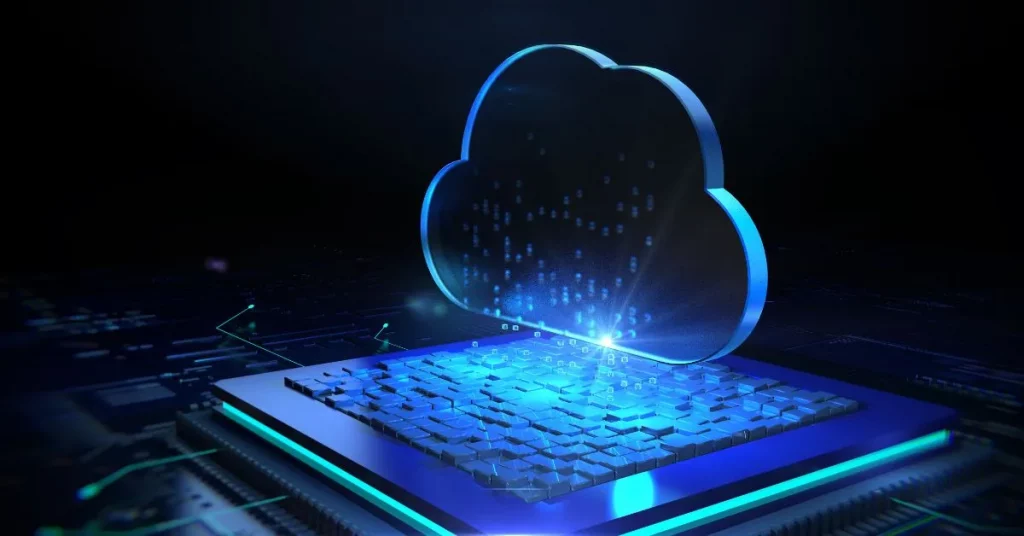Low disk space on your Windows laptop can cause slow performance and trouble storing documents. If you are facing this problem, there is no need to panic! Follow this step-by-step manual on how to free up disk space in Windows and get your PC back to the latest full performance.
1. Run Disk Cleanup
Windows has a built-in tool called Disk Cleanup that simplifies space cleanup. Here is how to use it.
- Click the Start button.
- Open the tool by typing “Disk Cleanup” on the search bar.
- Select the power required to facilitate it (usually the C: drive).
- The tool will calculate the density of the spot.
- Check the drawers next to the files you need to delete (e.g. temporary documents, recycle bin).
- Click OK and then click Delete Files.
2. Uninstall unused programs
Many times, we have installed packages that we don’t use. You can evict them and clear the area.
- Open the Start menu and go to Settings.
- Click Apps.
- Scroll through the list of installed packages and click on the ones you don’t use.
- Click Uninstall and follow the instructions to uninstall the program.
3. Move Files to an External Drive or Cloud Storage
If you have large files like videos or photos that you don’t use often, consider moving them to an external hard drive or cloud storage like OneDrive or Google Drive.
- Connect your external hard drive to your computer.
- Drag and drop the files you want to move.
- You can also use cloud storage to free up space on your computer while still keeping your files safe.
4. Delete Temporary Files
Temporary files can build up over time and take up a lot of space. Here’s how to delete them:
- Press Windows + R to open the Run dialog box.
- Type %temp% and press Enter.
- A folder with temporary files will open. Select all the files and delete them.
5. Clear the Recycle Bin
When you delete files, they don’t disappear immediately. Instead, they go to the Recycle Bin. Emptying the Recycle Bin can free up a good chunk of space.
- Right-click on the Recycle Bin icon on your desktop.
- Select Empty Recycle Bin.
- Confirm that you want to permanently delete the files.
6. Disable Hibernation (Advanced Tip)
Hibernation mode saves a snapshot of your files to your hard drive, and it can take up a lot of space. Disabling it can save several gigabytes.
- Right-click on the Start menu and select Command Prompt (Admin).
- Type powercfg -h off and press Enter.
This will turn off hibernation and delete the hibernation file.
7. Use Storage Sense
Storage Sense is a feature in Windows 10 and 11 that can automatically free up space by removing unnecessary files.
- Open Settings.
- Go to System > Storage.
- Turn on Storage Sense and set how often you want it to run (e.g., every week or month).
Final Thoughts
Freeing up disk space in Windows is simple once you know where to start. By following these easy steps, you can declutter your computer and boost its efficiency. Remember to free up disk space in Windows regularly to keep your PC performing at its best!
